

Articles
How To Store Shipping Boxes
Modified: January 9, 2024
Learn the best methods and tips for storing shipping boxes in this collection of informative articles. Find out how to optimize space and protect your items efficiently.
(Many of the links in this article redirect to a specific reviewed product. Your purchase of these products through affiliate links helps to generate commission for Storables.com, at no extra cost. Learn more)
Introduction
Shipping boxes are essential for any business or individual that deals with shipping and logistics. Whether you’re running an e-commerce store, sending packages to loved ones, or simply need to store items for future use, proper storage of shipping boxes is crucial. By following the right practices, you can protect your boxes from damage, save space, and ensure easy access to your stored items when needed.
In this article, we will guide you through the process of storing shipping boxes effectively. From choosing the right storage space to organizing and protecting your boxes, we will provide you with valuable insights and tips to ensure that your shipping boxes remain in optimal condition.
By implementing the strategies mentioned here, you’ll be able to keep your shipping boxes organized, maintain their structural integrity, and ultimately, streamline your shipping and storage operations.
Key Takeaways:
- Choose the right storage space, organize by size, and implement effective labeling to maintain the integrity of your shipping boxes and streamline your storage operations.
- Regularly inspect, maintain, and protect your stored boxes to ensure their longevity, protect your items, and promote efficient management of your storage space.
Read more: How To Measure Boxes For Shipping
Choosing the Right Storage Space
When it comes to storing shipping boxes, the first step is to choose the right storage space. Here are some factors to consider:
- Size: Assess the size of your shipping boxes and determine the amount of space you’ll need. Make sure that the storage area is large enough to accommodate your boxes with some extra room for easy access and maneuverability.
- Accessibility: It’s important to choose a storage space that is easily accessible. Consider the frequency with which you need to access your boxes and opt for a location that allows for convenient entry and exit.
- Security: Look for a storage facility or area that provides adequate security measures. This could include secure locks, surveillance cameras, and controlled access to ensure the safety of your stored items.
- Climate Control: If you are storing sensitive items or materials that may be affected by extreme temperatures or humidity, consider a storage space equipped with climate control features. This will help prevent damage to your shipping boxes and their contents.
- Durability: Choose a storage area that is sturdy and resistant to environmental factors such as moisture or pests. Ensure the structure of the storage space can withstand the weight of stacked boxes and any potential impact.
By carefully considering these factors, you can choose a storage space that meets your specific needs and provides optimal conditions for storing your shipping boxes.
Cleaning and Preparing the Storage Area
Before you start storing your shipping boxes, it’s crucial to clean and prepare the storage area to ensure that your boxes remain in good condition. Here’s what you should do:
- Clear the Area: Remove any items or obstructions from the storage space to create a clean and clutter-free environment for your shipping boxes. This will make it easier to organize and access your boxes.
- Clean Thoroughly: Sweep or vacuum the floor of the storage area to remove any dust, dirt, or debris. Wipe down any surfaces, shelves, or racks that will come into contact with the boxes to ensure they are clean and free from any contaminants.
- Check for Damages: Inspect the storage area for any signs of damage, such as leaks, cracks, or mold. Address any issues before storing your boxes to prevent potential damage to your items.
- Implement Pest Control Measures: Take proactive steps to prevent pests from infesting your storage area. Seal any gaps or cracks, use pest control products if necessary, and consider placing traps or deterrents to keep pests away from your boxes.
- Create a Layout Plan: Visualize how you want to organize your shipping boxes in the storage space. Determine the areas where you’ll place larger or bulkier boxes and identify any specific sections for fragile items or specialized packaging.
By thoroughly cleaning and preparing the storage area, you can ensure a clean and suitable environment for your shipping boxes, minimizing the risk of damage and maintaining their condition over time.
Organizing Shipping Boxes by Size
Organizing your shipping boxes by size is essential for efficient storage and easy access to your items. Here are some tips for organizing your boxes:
- Sort by Size: Begin by categorizing your shipping boxes based on their dimensions. Group smaller boxes together and larger boxes separately.
- Stackability: Consider the stackability of your boxes. Place larger, sturdier boxes at the bottom and stack smaller boxes on top to optimize space and prevent the boxes from collapsing or becoming unstable.
- Create Sections: If you have a large number of shipping boxes, organize them into sections based on their sizes. This will help you locate specific sizes more easily.
- Labeling: Label each box with its corresponding size. You can use adhesive labels or write directly on the box using a permanent marker. This will make it easier to identify and retrieve the desired box when needed.
- Keep Similar Sizes Together: Within each size category, try to keep similar sizes together. This will further streamline your organization system and save you time when searching for specific boxes.
- Utilize Shelving or Racking Systems: Consider using shelving or racking systems to store your shipping boxes. These systems provide stability, maximize vertical space, and make it easier to access and retrieve boxes as needed.
By organizing your shipping boxes by size, you can optimize your storage space, maintain order, and easily locate the boxes you need for shipping or storage purposes. This organization system will save you time and effort in the long run.
Labeling and Inventory Management
Labeling your shipping boxes and implementing an effective inventory management system is crucial for efficient storage and retrieval of your items. Here’s how you can streamline the process:
- Clear and Visible Labels: Use clear and visible labels for each shipping box. Include important information such as the contents, destination, or any handling instructions. This will ensure that you can quickly identify the boxes and handle them appropriately.
- Barcode or QR Codes: Consider using barcode or QR code labels for your shipping boxes. This allows for easy scanning and tracking of the boxes, especially if you have a large number of stored items.
- Inventory Spreadsheet: Maintain an inventory spreadsheet or software system to track and manage your shipping boxes. Include details such as box sizes, contents, location, and any other relevant information. This will help you keep track of your inventory and easily locate specific boxes when needed.
- Regular Updates: Regularly update your inventory spreadsheet to reflect any additions, removals, or changes in the storage area. This will ensure that your inventory records are accurate and up to date.
- Color-Coding: Consider using a color-coding system to further enhance organization. Assign a specific color to each box size or category, and use color-coded labels or markers to easily identify different groups of boxes.
- Keep a Digital Backup: Make digital copies of your inventory spreadsheet or use cloud-based storage solutions. This provides an extra layer of backup and ensures that your inventory records are safe and accessible from anywhere.
By implementing effective labeling and inventory management practices, you can efficiently track and manage your shipping boxes. This will save you time, prevent loss or misplacement of items, and allow for seamless retrieval when needed.
Read more: How To Pack Shipping Boxes
Using Shelving or Racking Systems
Utilizing shelving or racking systems for storing your shipping boxes can greatly improve organization, maximize space, and facilitate easy access to your stored items. Here’s how you can make the most of these storage solutions:
- Select the Right Shelving or Racking System: Choose a shelving or racking system that suits the size and weight capacity of your shipping boxes. Consider factors such as adjustability, durability, and ease of assembly.
- Measure and Plan: Before installing the shelving or racking system, measure the dimensions of your storage area to ensure that it will fit properly. Plan the layout, taking into account the sizes of your shipping boxes and the amount of space needed.
- Organize by Size and Category: When setting up the shelves or racks, organize your shipping boxes based on their size and category. This will make it easier to locate specific boxes and optimize the use of the available space.
- Use Labeled Bins or Containers: Consider using labeled bins or containers within the shelves or racks to further enhance organization. Group similar items together and clearly label each bin or container to easily identify its contents.
- Stacking and Weight Distribution: When placing the boxes on the shelves or racks, stack them carefully, ensuring they are stable and secure. Spread the weight evenly across the shelves to prevent overloading and potential collapse.
- Utilize Vertical Space: Take advantage of the vertical space by stacking boxes higher, as long as it remains safe and does not compromise accessibility. Use step ladders or mechanical lifts when necessary to reach higher shelves safely.
- Regular Maintenance: Regularly inspect and maintain the shelving or racking system to ensure its stability. Tighten bolts, fix any damages or loose parts, and perform routine maintenance to keep the system in optimal condition.
By incorporating shelving or racking systems into your storage area, you can maximize the available space, improve organization, and make it easier to find and retrieve your shipping boxes when needed.
When storing shipping boxes, make sure to break them down and flatten them to save space. Store them in a dry area to prevent mold and mildew.
Stacking and Storing Boxes Safely
Proper stacking and storing of shipping boxes is essential to prevent damage, ensure stability, and maintain a safe storage environment. Here are some guidelines to follow:
- Stack Boxes by Size and Weight: When stacking boxes, place heavier and larger boxes at the bottom to provide a stable foundation. Stack lighter and smaller boxes on top to prevent crushing or collapsing.
- Stack Boxes Vertically: Whenever possible, stack boxes vertically rather than horizontally. This reduces the risk of boxes tipping over and allows for easier access to individual boxes.
- Avoid Overstacking: Be mindful of the height and weight of the stack. Avoid overstacking to the point where boxes become unstable or could potentially fall. It’s important to maintain a safe and secure arrangement.
- Interlock the Boxes: Interlock the boxes as you stack them to create a stable structure. This can be achieved by alternating the orientation of each box or using interlocking tabs or grooves, if available.
- Leave Pathways: When stacking boxes, leave clear pathways between stacks to allow for easy navigation and access. This will prevent accidents and make it more convenient to retrieve specific boxes without disturbing the entire stack.
- Consider Weight Limits: Be aware of the weight limits specified for your storage area or shelving/racking system. Do not exceed these limits to prevent potential structural damage or accidents.
- Avoid Stacking Fragile Items: If you have fragile or delicate items, avoid stacking them directly on top of each other. Instead, place them in protective packaging and store them separately or in designated sections to minimize the risk of damage.
By following these stacking and storing guidelines, you can ensure the safety and stability of your shipping boxes. This will protect your items from damage and reduce the risk of accidents while maximizing your storage capabilities.
Protecting Boxes from Moisture or Extreme Temperatures
Moisture and extreme temperatures can pose significant risks to the integrity and condition of your shipping boxes. To protect your boxes and their contents, consider the following measures:
- Choose a Dry Storage Area: Select a storage area that is dry and free from moisture. Avoid areas prone to leaks or dampness, such as basements or areas with poor ventilation.
- Use Desiccants: Place desiccant packets, silica gel, or moisture-absorbing products in your storage area. These help absorb excess moisture and prevent mold or mildew from forming on your boxes.
- Consider Climate-Controlled Storage: If you have sensitive items or materials that are susceptible to temperature fluctuations, consider using a climate-controlled storage facility. These facilities maintain a consistent temperature and humidity level, preventing damage caused by extreme heat or cold.
- Wrap and Seal Boxes: For added protection, wrap your shipping boxes with plastic wrap or use plastic storage bins with tight-fitting lids. This provides an extra barrier against moisture and helps maintain the integrity of the boxes.
- Elevate Boxes from the Floor: Avoid placing your boxes directly on the floor, especially if the area is prone to moisture. Use pallets, shelves, or other raised platforms to keep the boxes elevated and away from any potential contact with water or dampness.
- Inspect Regularly: Regularly inspect your storage area and boxes for signs of moisture or water damage. Address any issues immediately to prevent further damage and potential mold growth.
- Monitor Humidity Levels: Use a hygrometer to monitor the humidity levels in your storage area. Aim for a humidity level between 40% and 50% to prevent excess moisture that could damage your boxes.
By taking preventative measures and protecting your shipping boxes from moisture and extreme temperatures, you can ensure the longevity and quality of your stored items. This will give you peace of mind knowing that your valuable goods are protected in a suitable storage environment.
Securing the Storage Area
Securing your storage area is important to protect your shipping boxes from theft, unauthorized access, and potential damage. Here’s how you can enhance the security of your storage space:
- Locking Mechanisms: Install high-quality locks on the doors of your storage area. Choose locks that are resistant to picking and tampering to ensure the highest level of security.
- Surveillance Cameras: Install surveillance cameras in and around the storage area. Visible cameras act as a deterrent for potential thieves, and recorded footage can be valuable in identifying any suspicious activities or incidents.
- Alarm Systems: Consider installing an alarm system that includes motion sensors and door/window sensors. This will alert you or a security company if there is any unauthorized access to the storage space.
- Restricted Access: Control and restrict access to the storage area. Provide access only to authorized personnel and implement measures such as key cards, keypad entry codes, or biometric scanners.
- Signage: Display signs indicating that the storage area is under surveillance and that unauthorized access is prohibited. This can act as an additional deterrent for potential intruders.
- Inventory Monitoring: Keep an accurate inventory and regularly check that the stored items match the recorded inventory. This allows you to quickly identify any missing or tampered items.
- Neighborhood Watch: If possible, collaborate with neighbors or nearby businesses to establish a neighborhood watch program. This encourages a sense of community security and increases the vigilance in the area.
- Insurance: Consider obtaining insurance coverage for your stored items. This provides financial protection in the event of theft, damage, or other unforeseen circumstances.
By implementing these security measures, you can deter potential thieves, minimize the risk of unauthorized access, and ensure the safety of your shipping boxes and stored items. This will give you peace of mind and protect your valuable assets.
Read more: How To Organize Shipping Boxes
Regular Inspection and Maintenance of Stored Boxes
Regular inspection and maintenance of your stored boxes is crucial to ensure their longevity and protect the contents. Here are some practices to follow:
- Visual Inspections: Set a schedule for regular visual inspections of your stored boxes. Look for signs of damage, such as dents, tears, or moisture damage. Address any issues promptly to prevent further deterioration.
- Check for Pest Infestation: Inspect your storage area for signs of pests such as rodents or insects. Look for gnaw marks, droppings, or chewed packaging. If you notice any signs of infestation, take immediate action to eliminate the pests and protect your boxes.
- Replace Damaged Boxes: If you discover any damaged boxes during your inspections, replace them with new ones. Damaged boxes can compromise the structural integrity of the stack and increase the risk of damage to the items inside.
- Reorganize if Needed: Over time, your storage needs may change. Periodically reassess your organization system and reorganize the boxes if necessary. This will ensure a more efficient use of space and easier access to your stored items.
- Reinforce Weak Boxes: If you come across boxes that appear weak or compromised, reinforce them with additional packaging materials or sturdy tape. This will help preserve the integrity of the boxes and prevent them from collapsing or being damaged during handling.
- Rotate Stock: If you’re storing items for an extended period, consider practicing stock rotation. This involves moving older stock to the front and placing newer stock towards the back. This ensures that older items are used or shipped first, reducing the risk of spoilage or obsolescence.
- Dust and Clean: Regularly dust off the boxes to prevent the accumulation of dirt and dust. Clean the storage area periodically to maintain a clean and tidy environment for your boxes.
- Maintain Climate Control: If your storage area is climate-controlled, regularly check and maintain the temperature and humidity settings. This will help preserve the condition of your boxes and prevent damage caused by extreme environmental conditions.
By conducting regular inspections and implementing proper maintenance practices, you can ensure the longevity and quality of your stored boxes. This will protect your stored items and promote efficient management of your storage space.
Conclusion
In conclusion, proper storage of shipping boxes is essential for maintaining the integrity of your items and streamlining your shipping and storage operations. By following the guidelines provided in this article, you can ensure that your shipping boxes remain in optimal condition and are easily accessible when needed.
Choosing the right storage space, cleaning and preparing the area, organizing boxes by size, and implementing effective labeling and inventory management practices are key steps in creating a well-organized storage system. Utilizing shelving or racking systems, stacking and storing boxes safely, protecting them from moisture and extreme temperatures, and securing the storage area are crucial for maintaining the quality and safety of your stored items.
Regular inspections and maintenance of your stored boxes are vital to identify any damages or issues promptly and take appropriate action. By staying proactive, you can prevent further damage and ensure that your shipping boxes and their contents are protected over time.
Incorporating these practices into your shipping and storage routine will not only enhance the longevity of your shipping boxes but also save you time, improve organization, and provide peace of mind knowing that your items are secure and easily accessible.
Remember, proper storage of shipping boxes is a fundamental part of effective logistics management, and by implementing these strategies, you can optimize your operations, protect your assets, and deliver a seamless customer experience.
Frequently Asked Questions about How To Store Shipping Boxes
Was this page helpful?
At Storables.com, we guarantee accurate and reliable information. Our content, validated by Expert Board Contributors, is crafted following stringent Editorial Policies. We're committed to providing you with well-researched, expert-backed insights for all your informational needs.

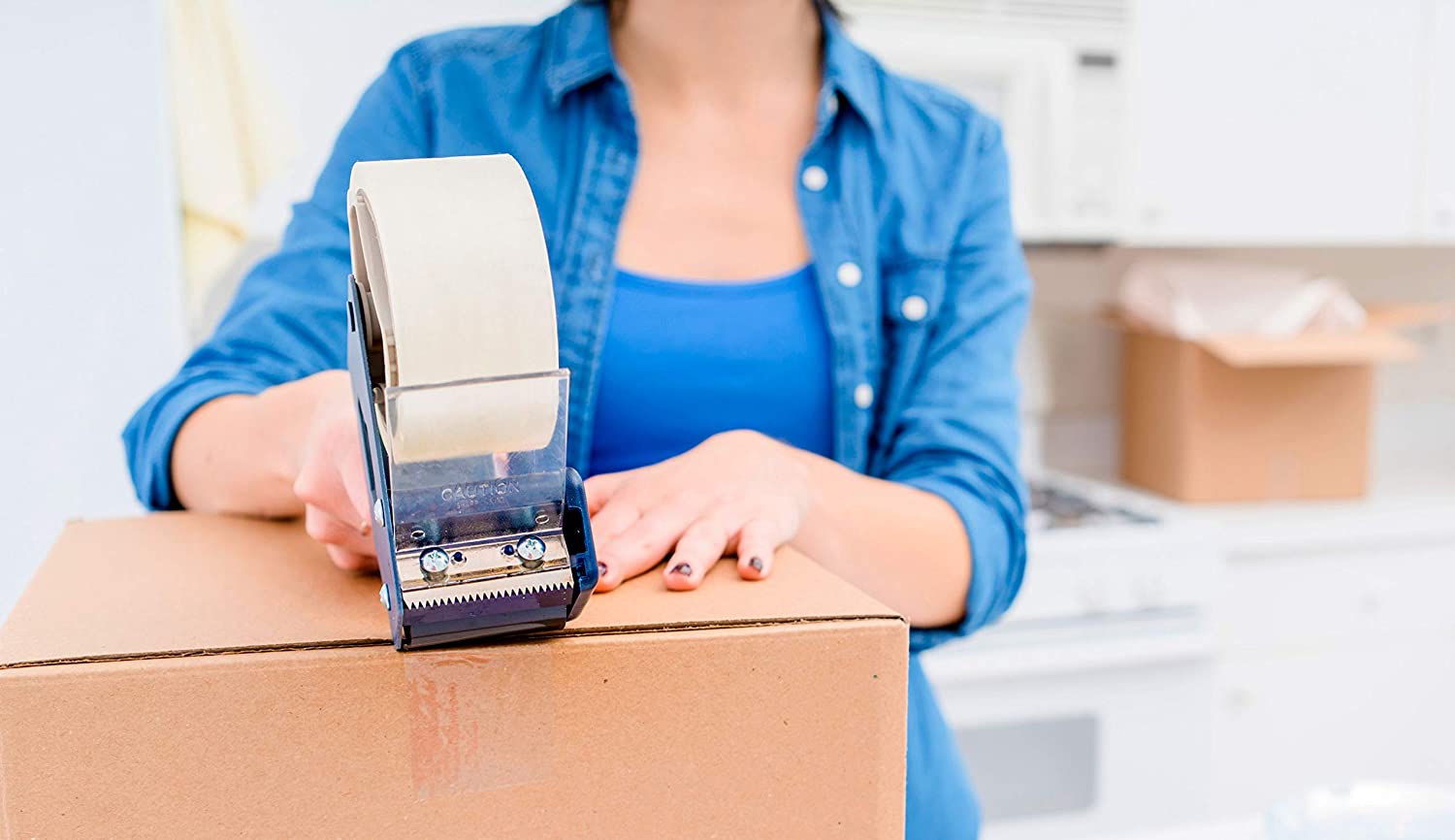
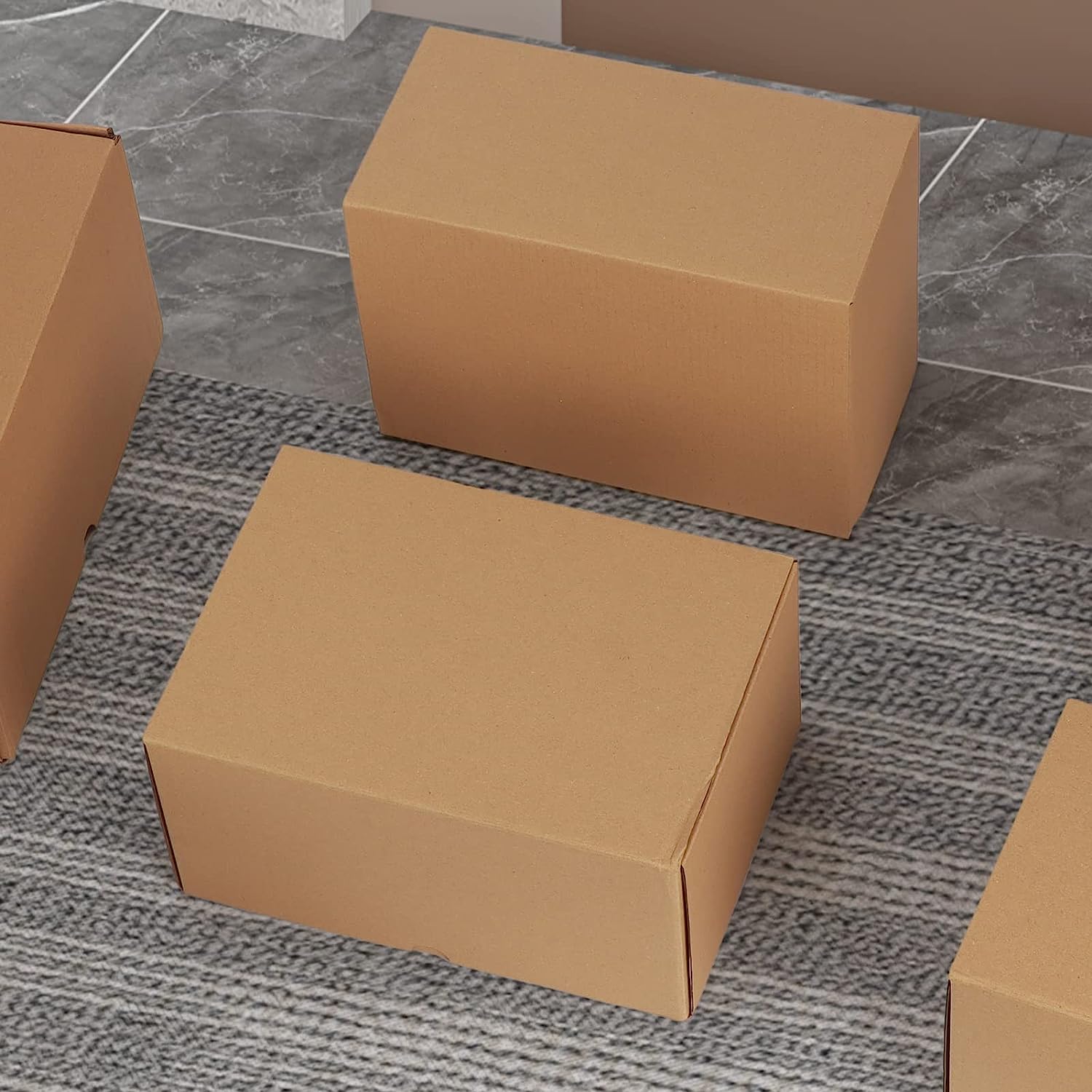
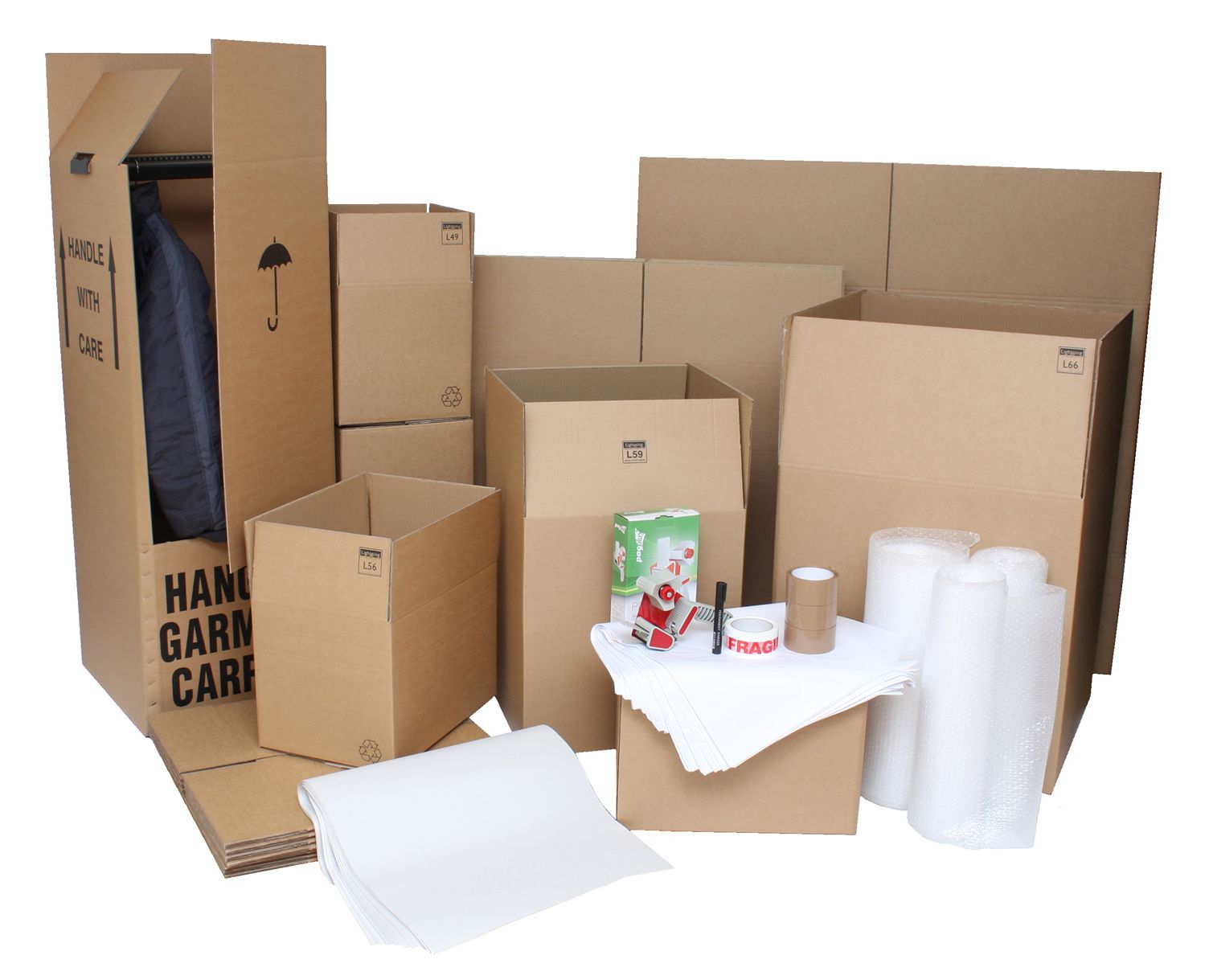
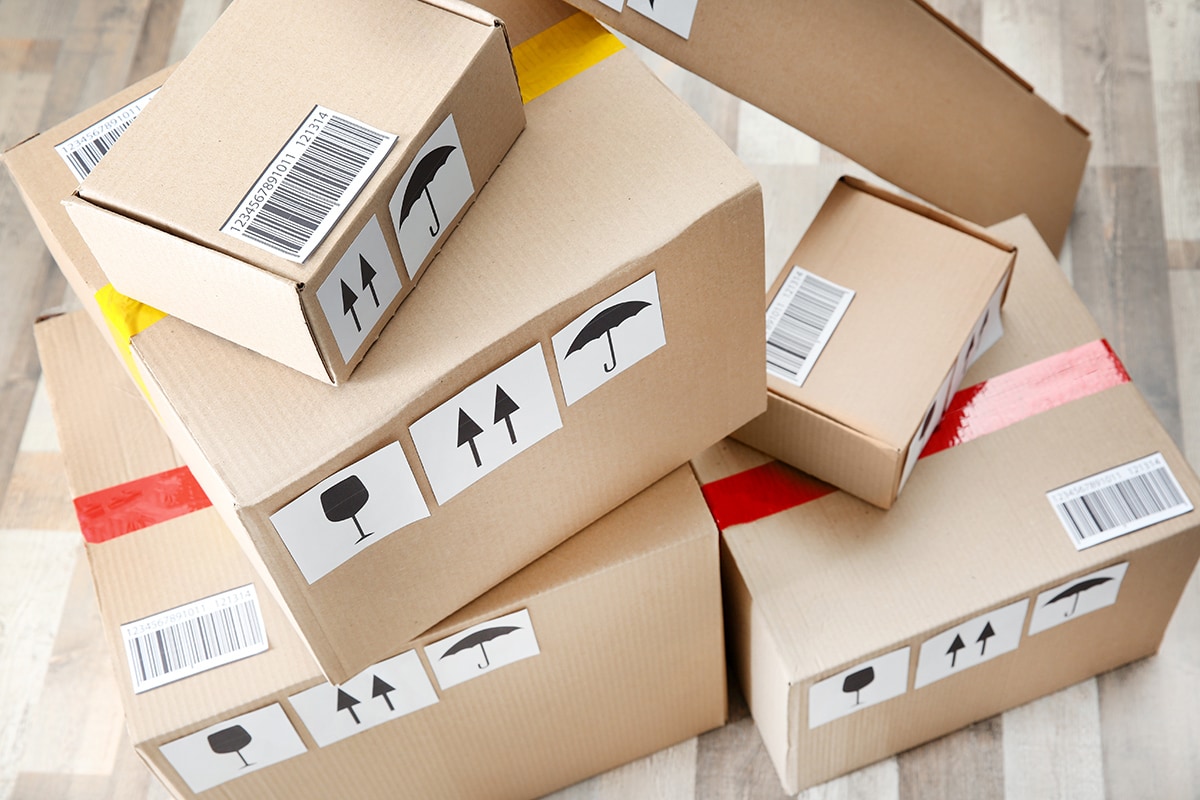
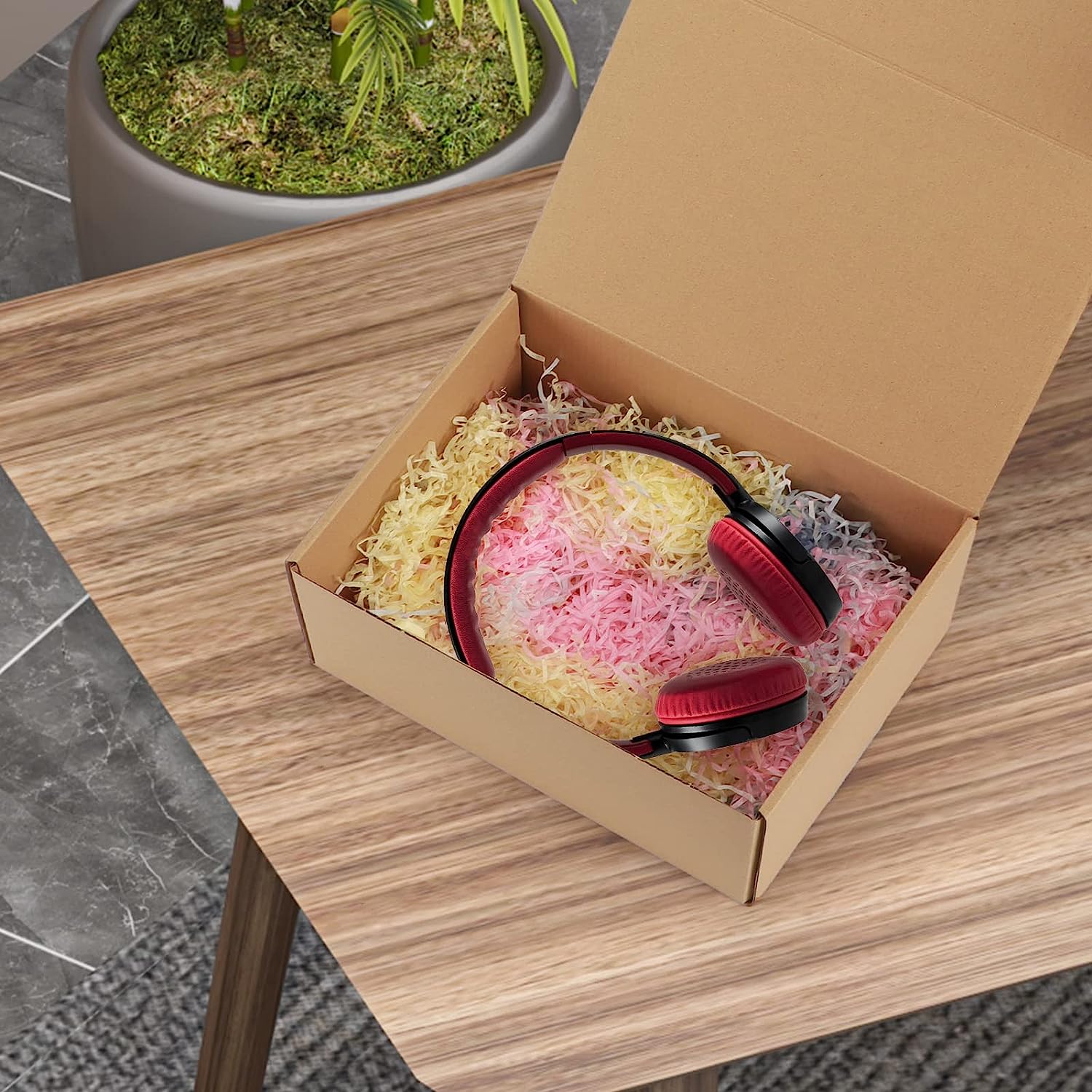
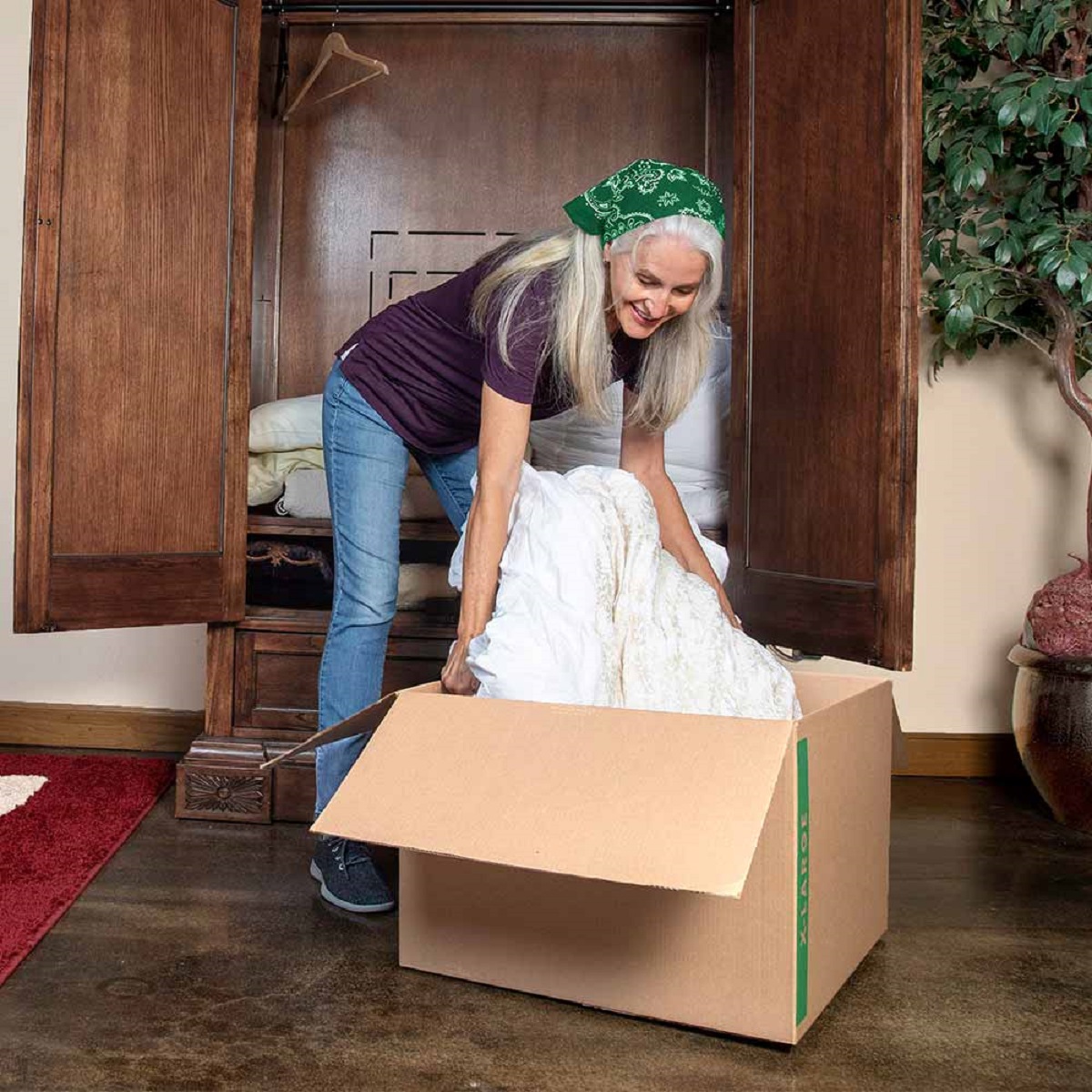

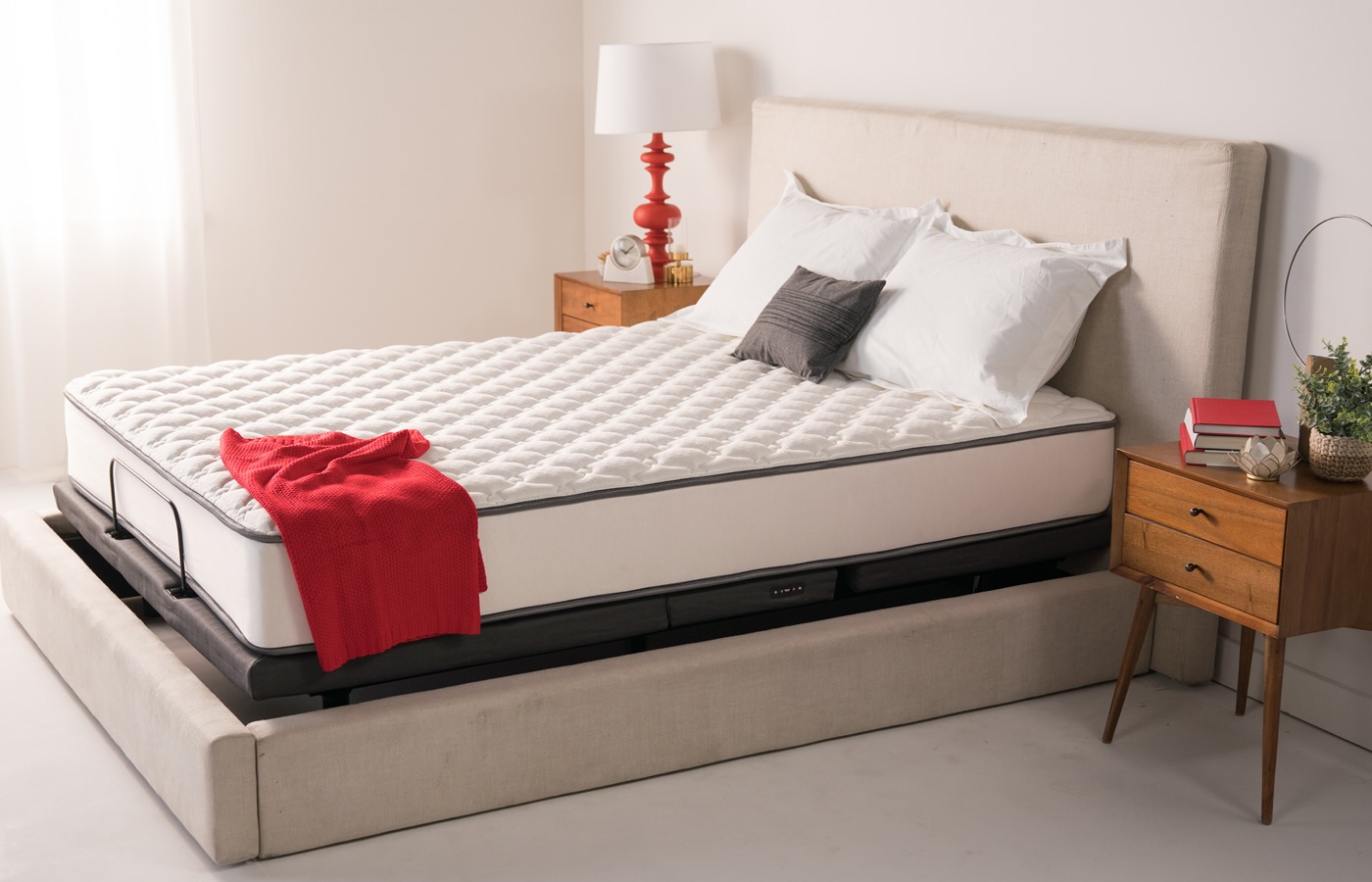



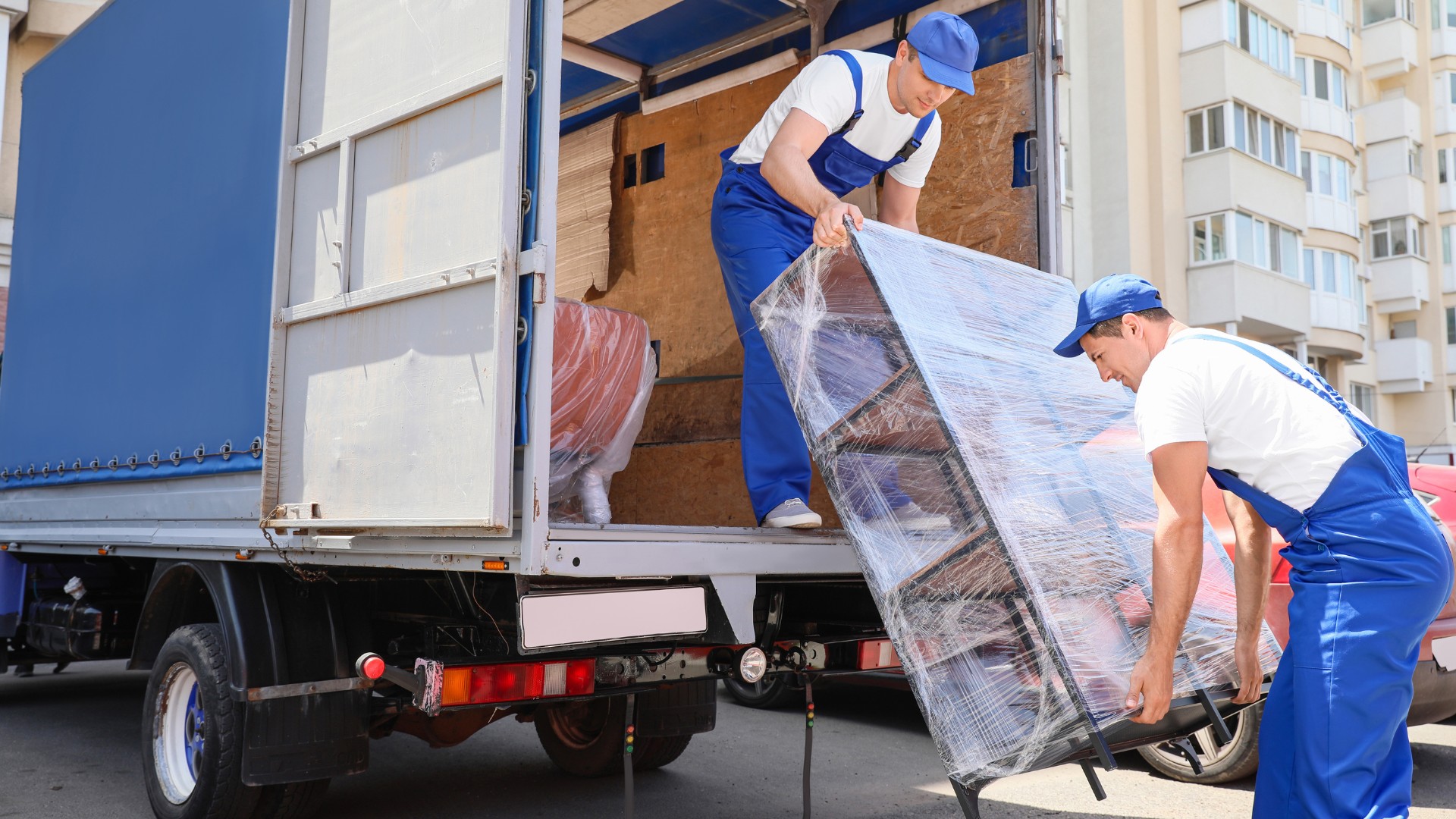

0 thoughts on “How To Store Shipping Boxes”